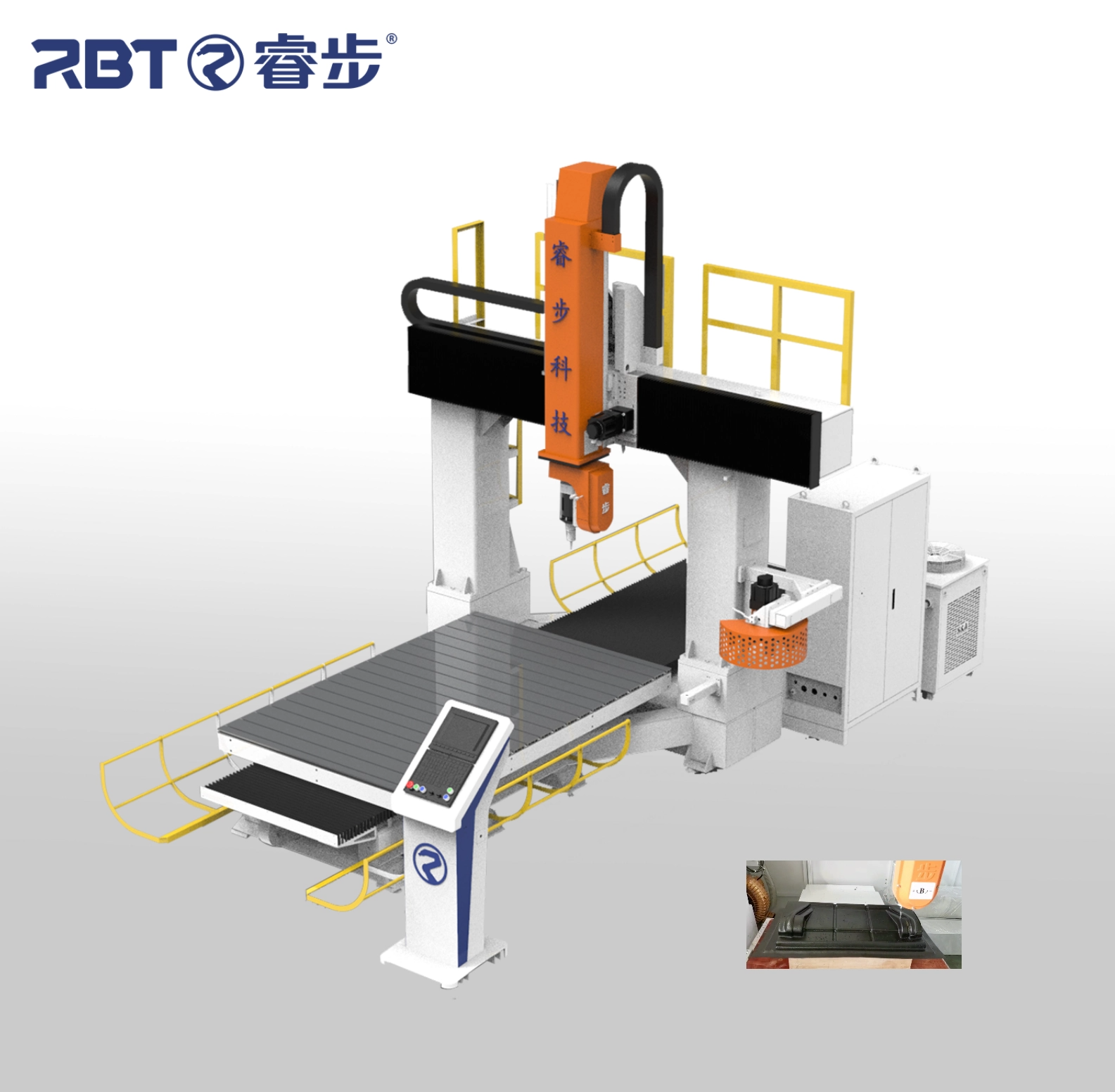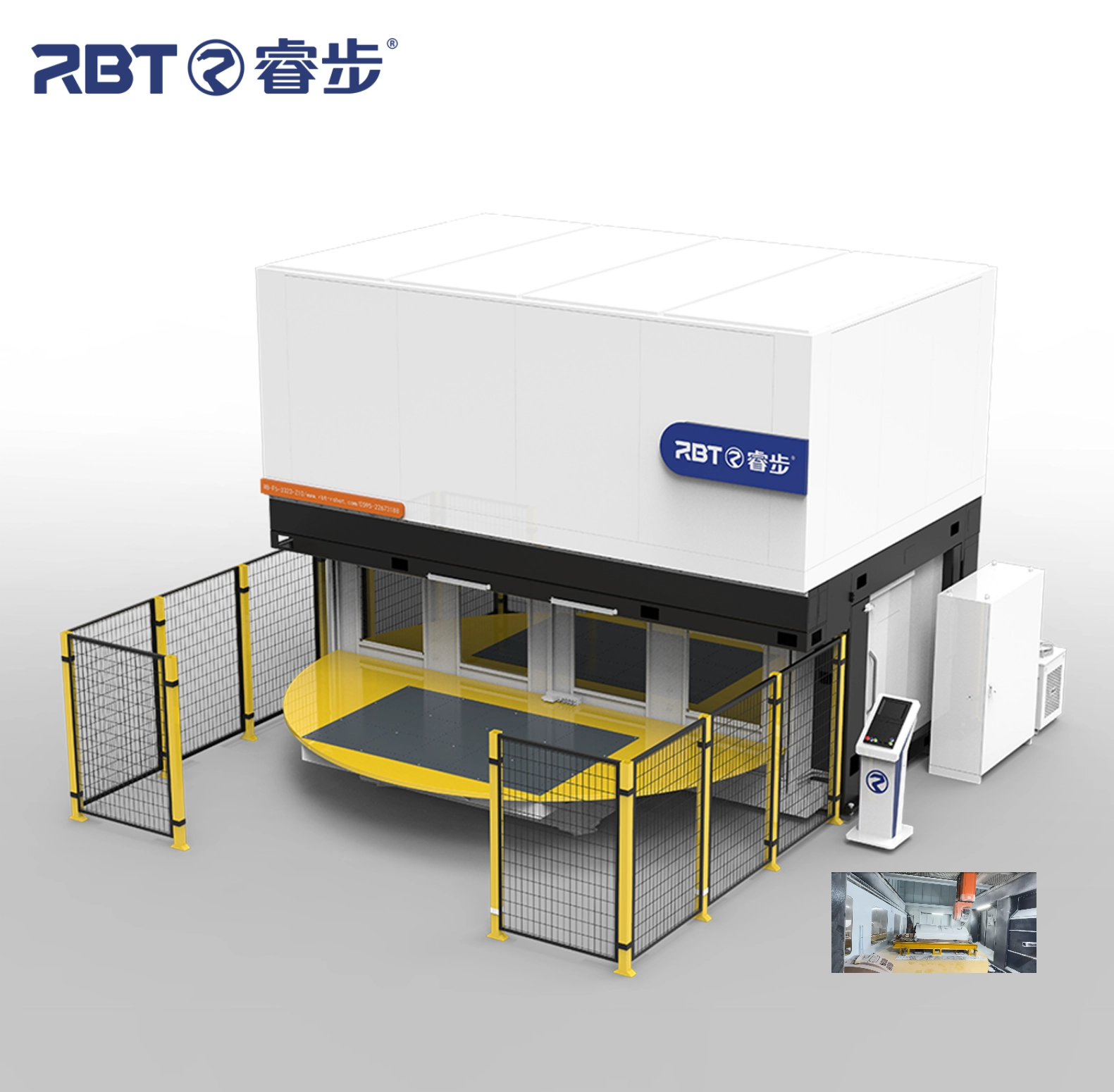Views: 216 Author: Site Editor Publish Time: 2025-10-03 Origin: Site








The 5 Axis CNC Machine has transformed modern manufacturing, enabling precision machining across complex geometries and diverse materials. Its ability to move tools along five different axes allows manufacturers to create intricate parts in fewer setups, reducing lead times and improving accuracy. But one of the most common concerns for businesses and engineers is material compatibility. Choosing the right material for a 5 Axis CNC Machine is crucial because it determines machining efficiency, surface finish, cost-effectiveness, and product durability. From aerospace alloys to delicate plastics, the versatility of these machines extends across a broad spectrum of raw materials.
Metals are the most common materials processed with a 5 Axis CNC Machine because of their structural strength and widespread industrial use.
Aluminum is lightweight, corrosion-resistant, and highly machinable. A 5 Axis CNC Machine can achieve tight tolerances and smooth surface finishes with aluminum, making it ideal for aerospace components, automotive parts, and consumer electronics housings. Its ability to dissipate heat effectively also supports high-speed machining.
Stainless steel is valued for strength and resistance to wear, oxidation, and chemicals. While it is harder to machine than aluminum, the multi-axis flexibility of a 5 Axis CNC Machine ensures complex features can be produced without excessive tool wear. Industries such as medical, food processing, and marine rely heavily on stainless steel machining.

Titanium offers unmatched strength-to-weight ratio and is widely used in aerospace and medical implants. However, its low thermal conductivity makes it difficult to cut. A 5 Axis CNC Machine addresses this challenge with optimized tool paths, reducing cutting time and tool damage.
Table 1: Common Metals Machined with 5 Axis CNC Machine
| Material | Key Benefits | Industries Commonly Served |
|---|---|---|
| Aluminum | Lightweight, excellent machinability | Aerospace, Automotive, Electronics |
| Stainless Steel | Strong, corrosion resistant | Medical, Marine, Food Processing |
| Titanium | High strength-to-weight ratio | Aerospace, Defense, Medical |
Plastics are increasingly chosen for their lightness, flexibility, and cost-effectiveness. A 5 Axis CNC Machine provides excellent control to prevent warping and maintain fine details.
ABS plastic is durable, impact-resistant, and easy to machine. It is commonly used for prototypes, automotive panels, and consumer goods.
Polyether ether ketone (PEEK) is a high-performance engineering plastic resistant to heat, chemicals, and fatigue. A 5 Axis CNC Machine is capable of producing complex PEEK components used in aerospace and medical devices where strength and biocompatibility are essential.
Acrylic is lightweight and transparent, often machined for optical components, signage, and displays. The 5 Axis CNC Machine ensures smooth edges and clarity, making it a preferred choice for aesthetic applications.
Composites combine materials to deliver strength, rigidity, and weight advantages. They are challenging to machine because of variable fiber directions and potential delamination. However, a 5 Axis CNC Machine provides precise control to minimize damage.
Carbon Fiber Reinforced Polymers (CFRP): Extremely strong and lightweight, used in aerospace, sports equipment, and automotive racing.
Glass Fiber Composites: Cost-effective and durable, suitable for marine and wind energy sectors.
Table 2: Properties of Composites for 5 Axis CNC Machine
| Composite Material | Benefits | Key Applications |
|---|---|---|
| Carbon Fiber | Ultra-light, high tensile strength | Aerospace, Racing, Sports |
| Glass Fiber | Cost-effective, corrosion resistant | Marine, Renewable Energy |
While often overlooked, wood is a versatile material for a 5 Axis CNC Machine. The multi-axis movement enables intricate carvings, molds, and artistic designs that traditional woodworking cannot achieve.
Hardwoods (Oak, Maple): Durable and ideal for furniture or architectural detailing.
Softwoods (Pine, Cedar): Easier to cut, often used for prototypes, packaging, and decorative applications.
The ability to produce complex 3D surfaces makes wood machining an important niche for furniture design, art installations, and industrial molds.
5 Axis CNC Machines are capable of machining exotic alloys that standard machines struggle with. These include:
Inconel: A nickel-chromium-based alloy resistant to extreme heat and corrosion, commonly used in jet engines and power generation.
Magnesium: Lightweight yet strong, ideal for aerospace and automotive applications.
Copper and Brass: Excellent for electrical conductivity and decorative finishes.
These materials are often costly and difficult to work with, but the precision of a 5 Axis CNC Machine reduces waste and maximizes efficiency.
Choosing the right material involves balancing machinability, durability, and cost.
Table 3: Comparative Overview
| Material Category | Machinability | Cost Range | Ideal Use Cases |
|---|---|---|---|
| Metals | Medium to High | High | Aerospace, Automotive, Medical |
| Plastics | High | Low-Medium | Prototyping, Consumer Goods |
| Composites | Moderate | Medium-High | Aerospace, Sports, Renewable Energy |
| Wood | High | Low | Furniture, Artistic, Industrial Molds |
| Exotic Alloys | Low to Medium | Very High | Defense, Aerospace, Energy |

When deciding what materials to use, manufacturers should consider:
End-Use Requirements: Strength, weight, thermal resistance, or aesthetic appeal.
Machining Efficiency: How easily the material can be cut, shaped, and finished.
Tool Life and Cost: Harder materials reduce tool lifespan and increase expenses.
Production Scale: Prototypes may favor plastics, while final products may require metals or composites.
These factors highlight the importance of aligning material choice with both design requirements and production budgets.
A 5 Axis CNC Machine offers unmatched versatility, handling everything from lightweight plastics to exotic alloys. Its ability to process metals, plastics, composites, wood, and specialized alloys ensures manufacturers across industries can achieve precision, efficiency, and cost-effectiveness. The material chosen ultimately depends on the application—whether it is the strength of titanium for aerospace, the transparency of acrylic for optical components, or the artistry of hardwoods for furniture. By understanding material compatibility, businesses can fully leverage the capabilities of 5 Axis CNC machining.
Q1: Can a 5 Axis CNC Machine cut both metals and plastics?
Yes, it can handle a wide variety of metals, plastics, composites, and even wood, making it one of the most versatile machining solutions.
Q2: What is the hardest material a 5 Axis CNC Machine can process?
Exotic alloys like Inconel and titanium are among the hardest to machine, but with optimized tool paths and high-quality tooling, they can be processed efficiently.
Q3: Is wood a practical choice for 5 Axis CNC machining?
Yes, wood is highly machinable and allows for intricate 3D carvings, making it suitable for furniture, molds, and artistic applications.
Q4: Why are composites challenging to machine with a 5 Axis CNC Machine?
Their layered fiber structure can cause delamination or uneven wear, but advanced tool paths minimize these risks.
Q5: How does material choice affect cost in 5 Axis CNC machining?
Harder materials and exotic alloys require more tool wear and longer machining times, increasing costs, while plastics and wood are more economical.